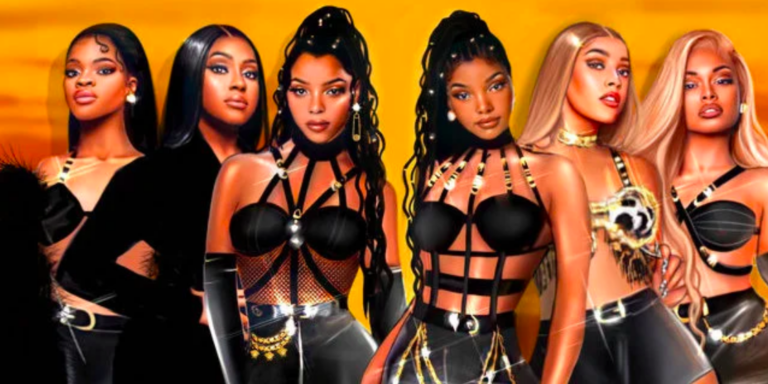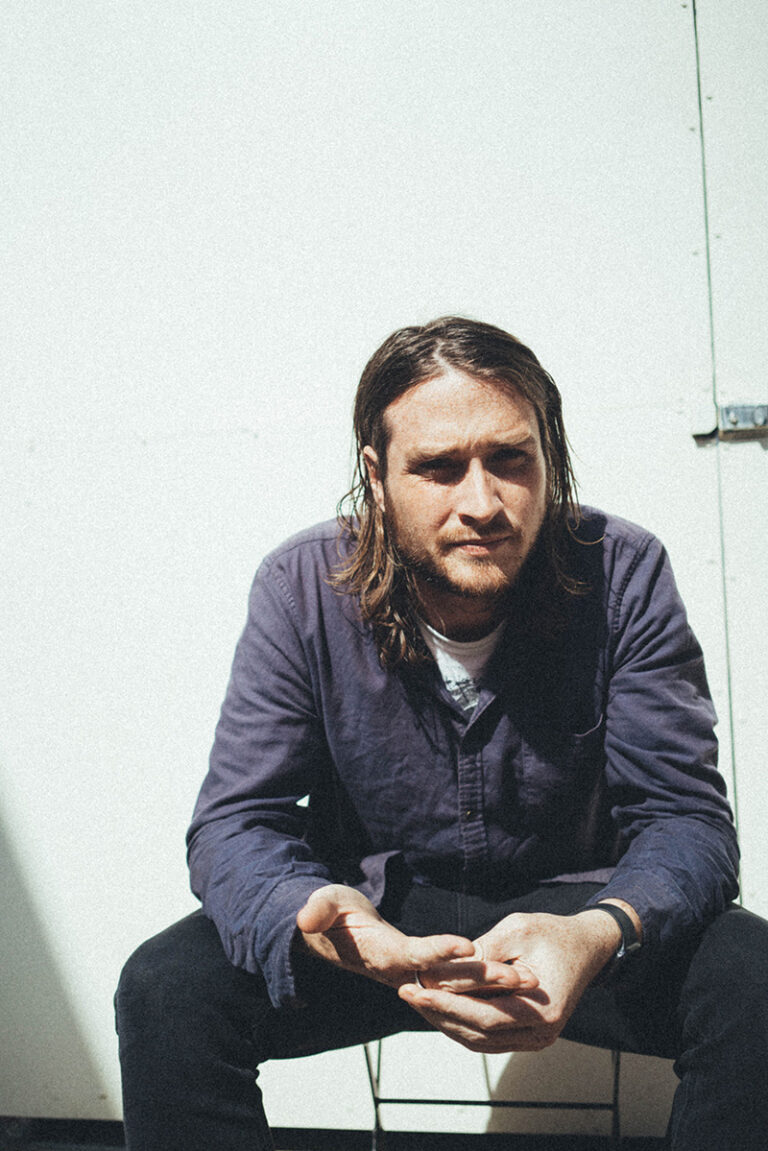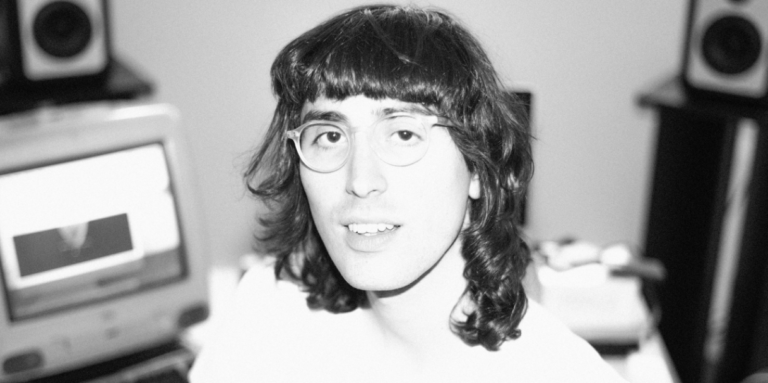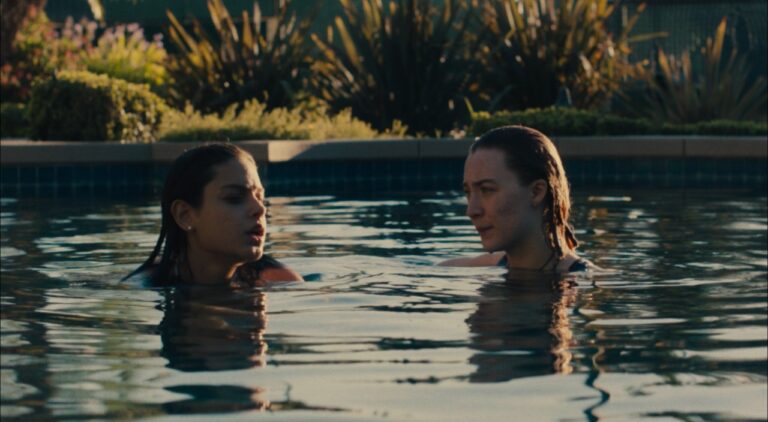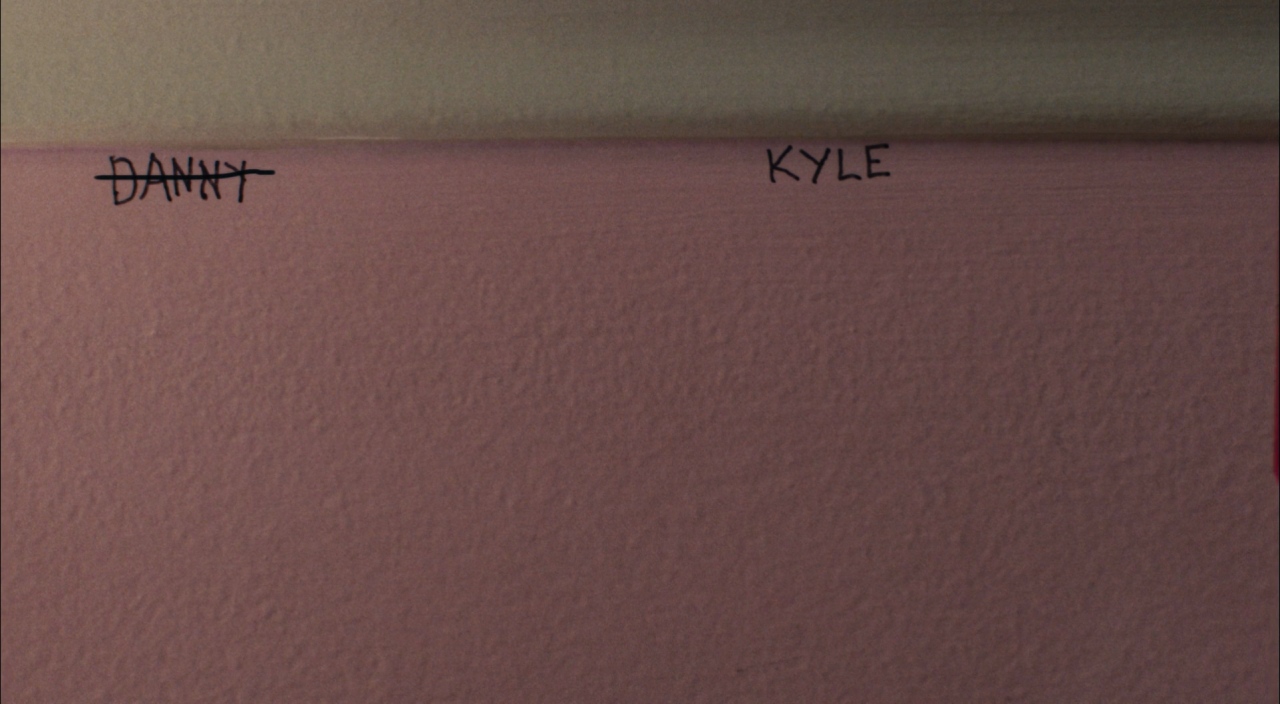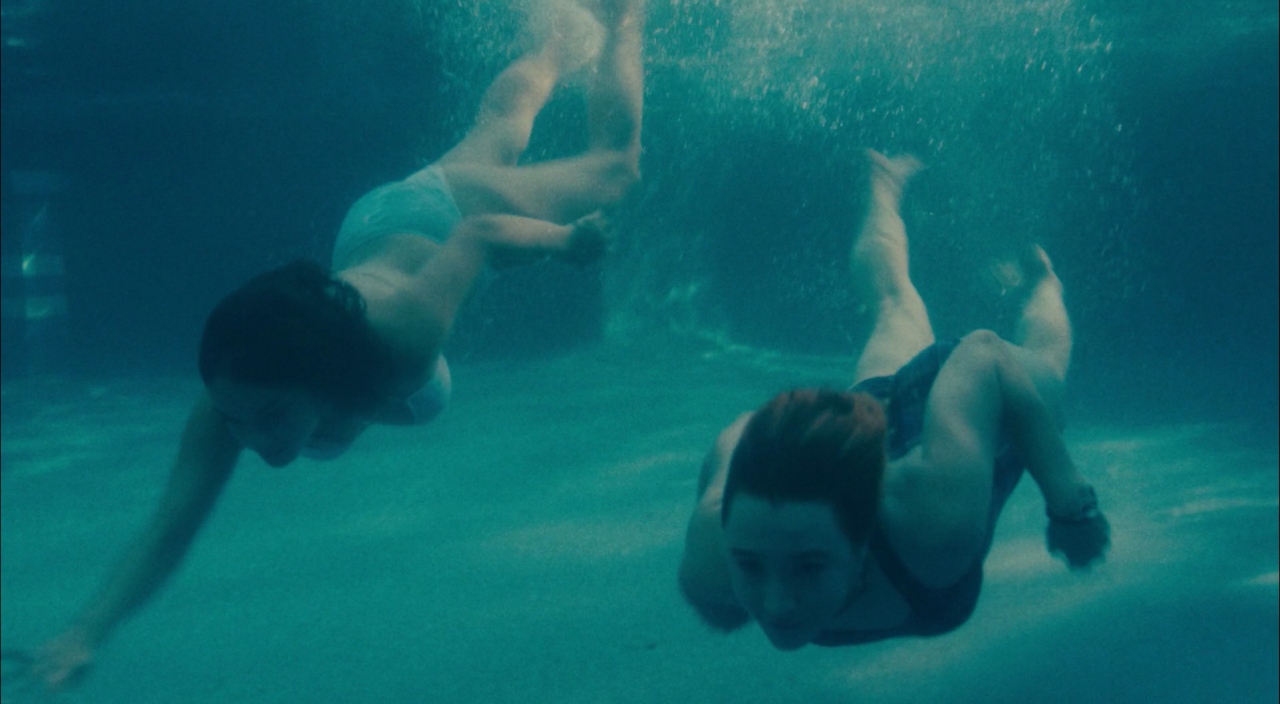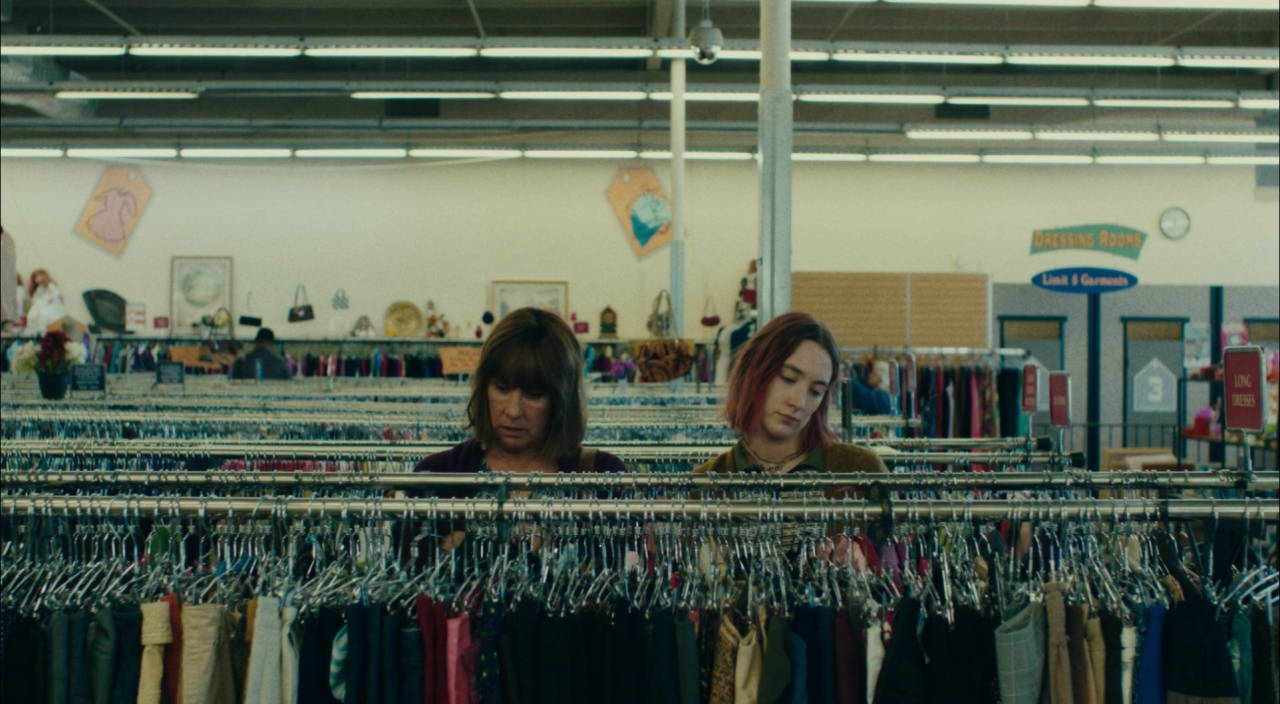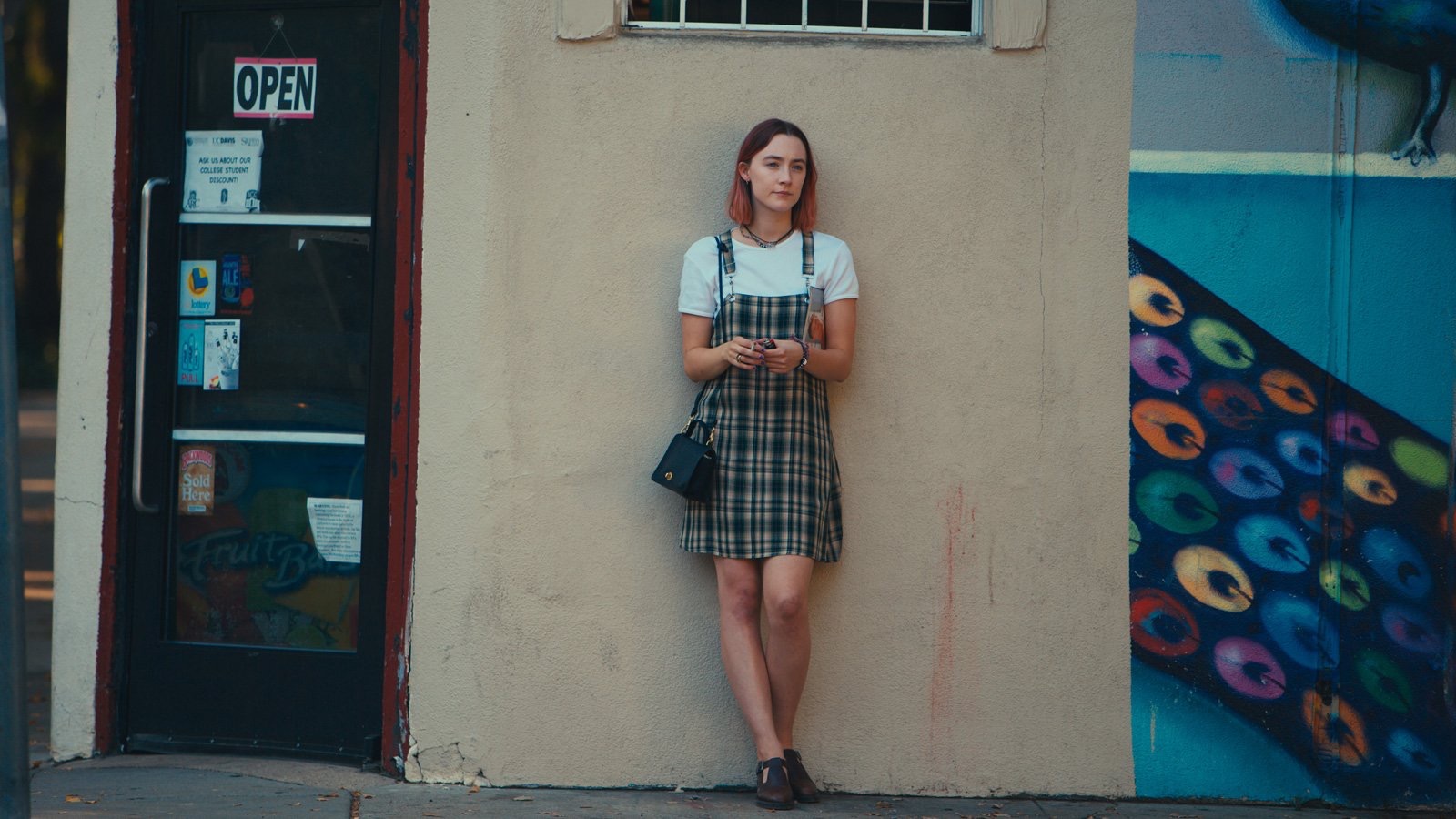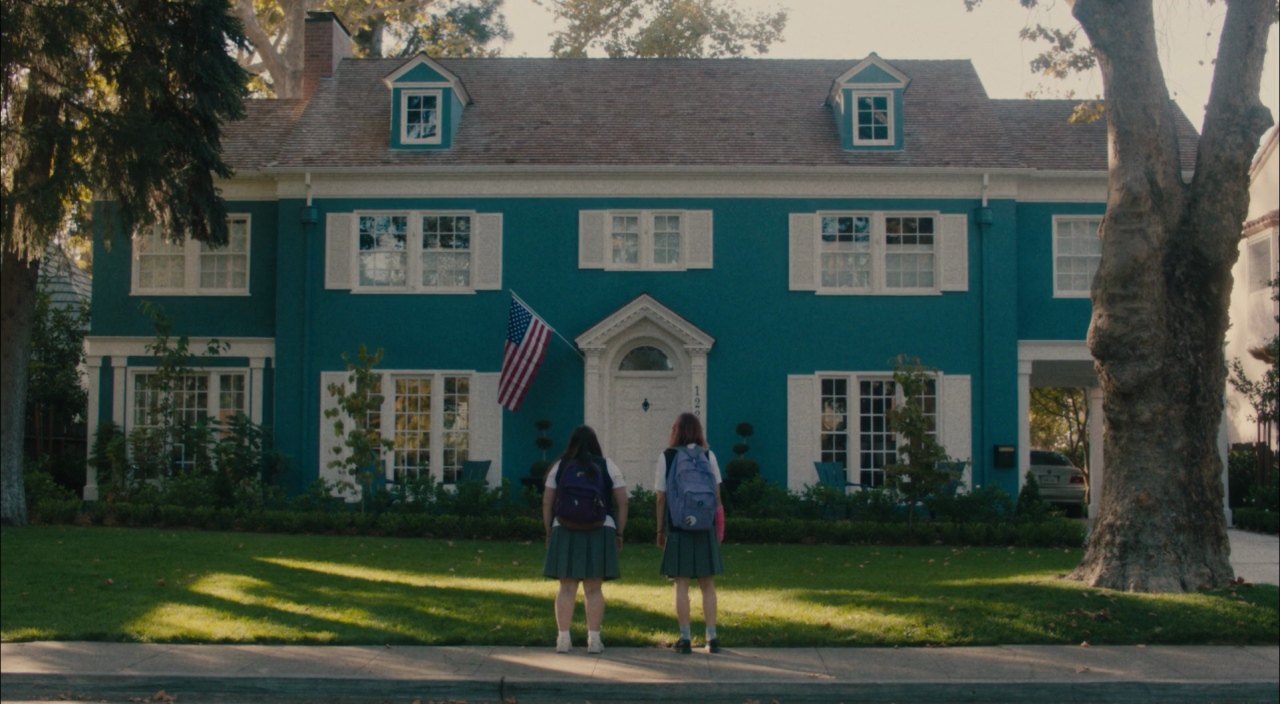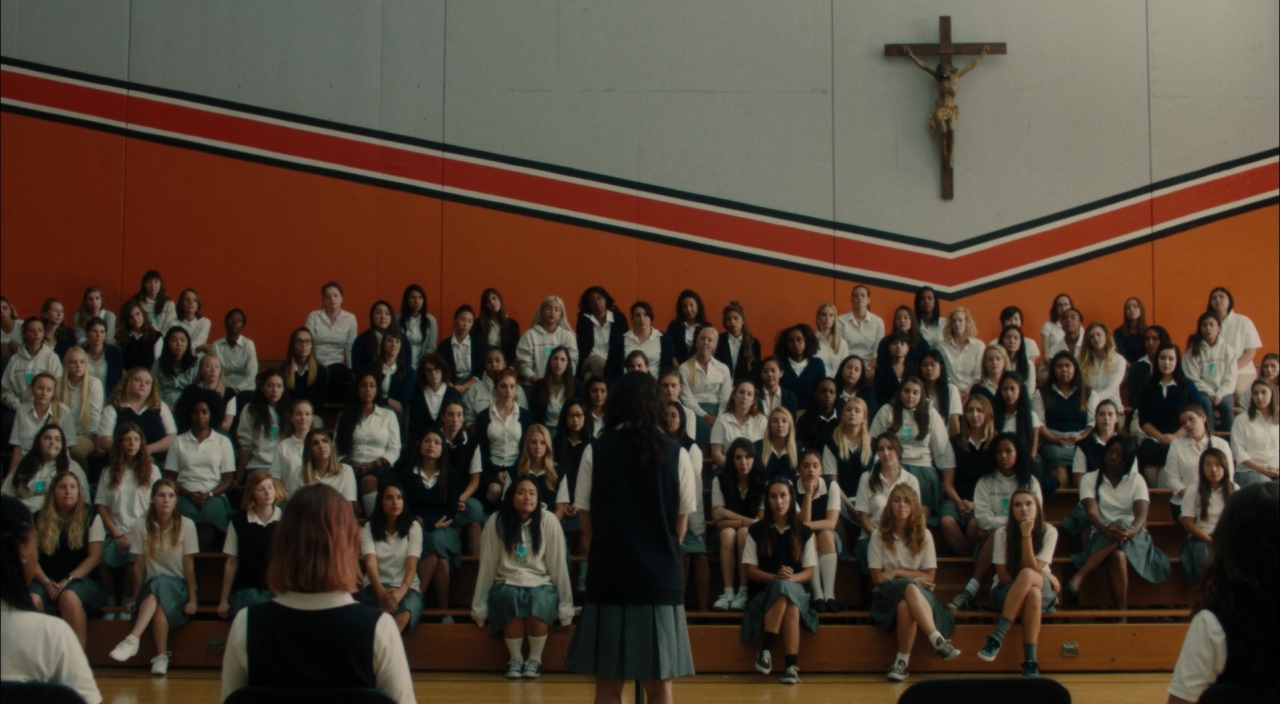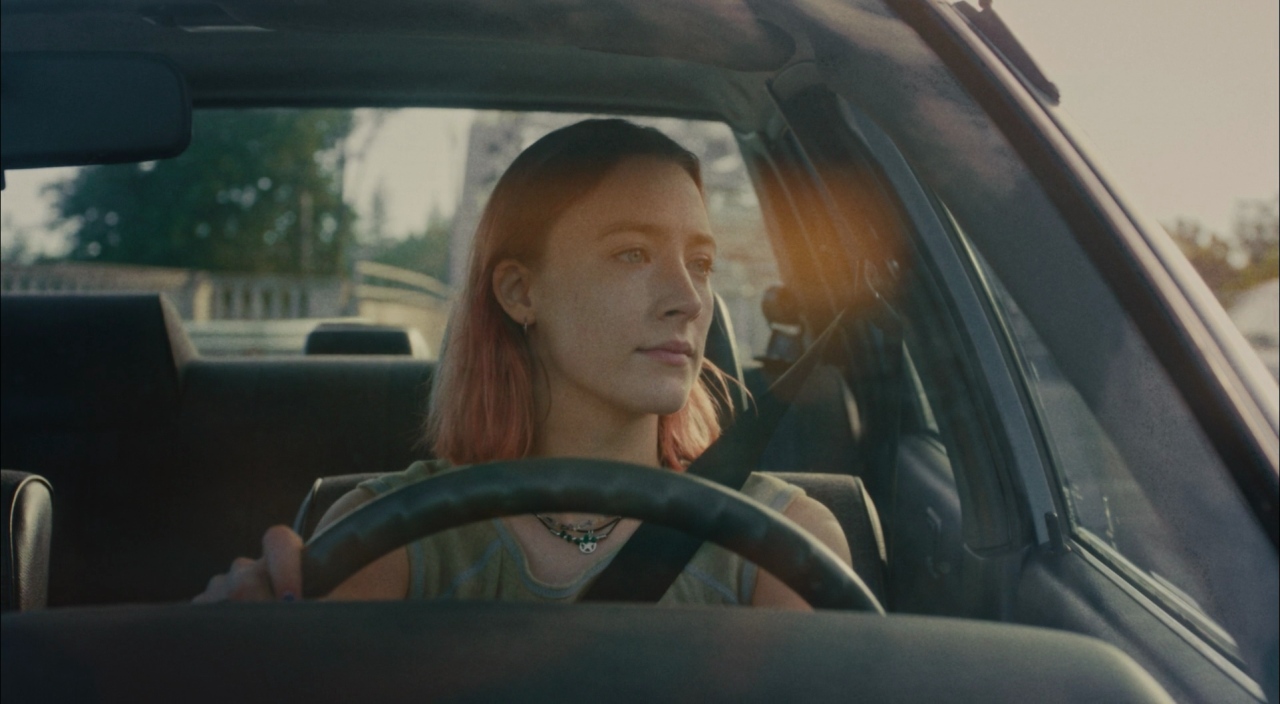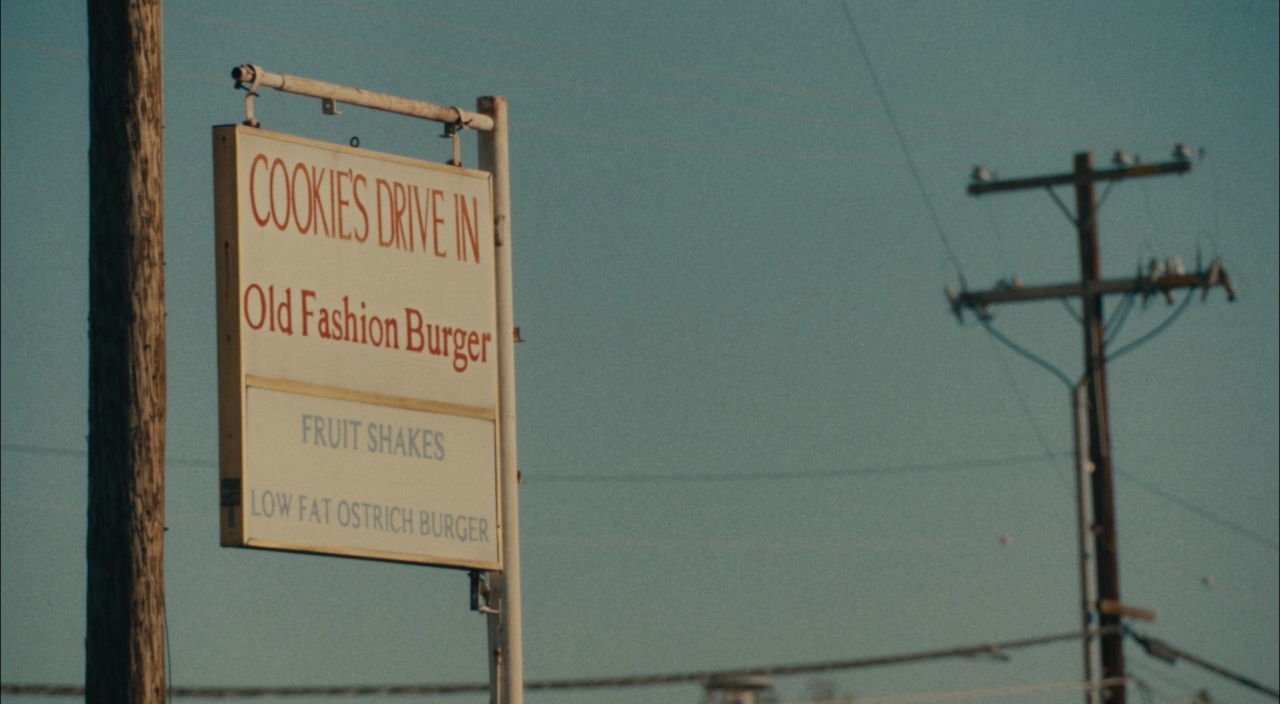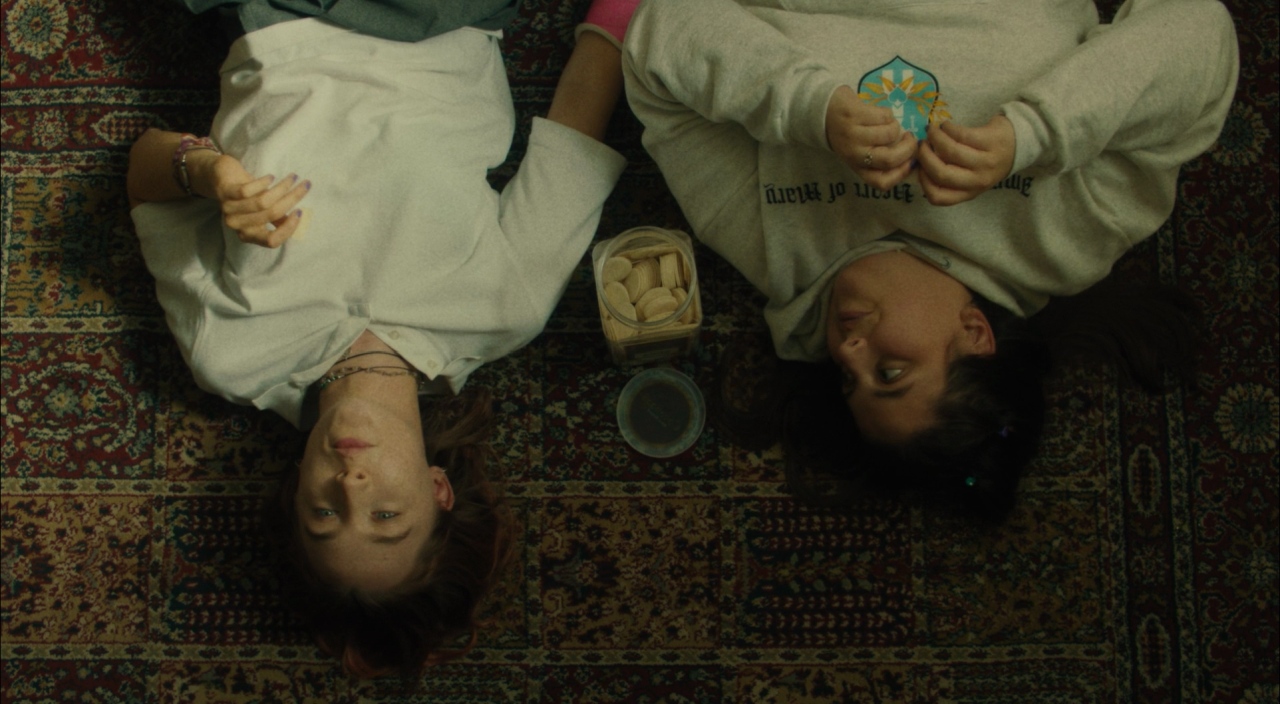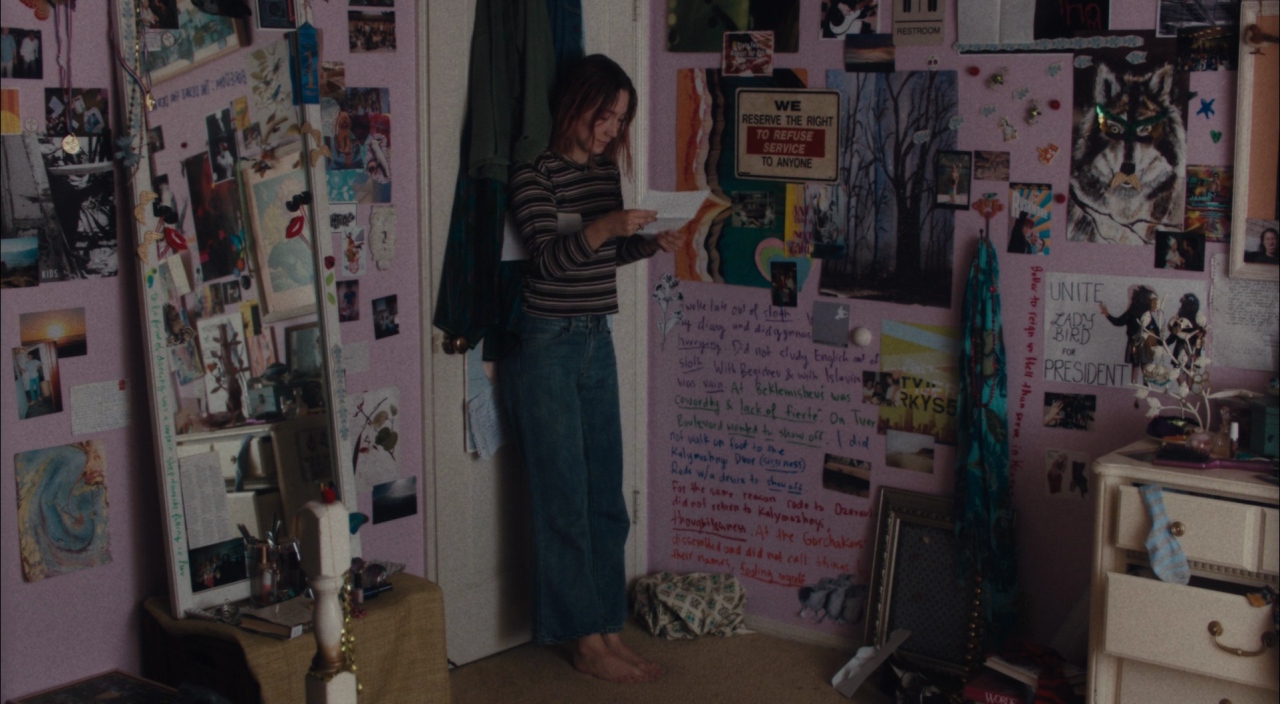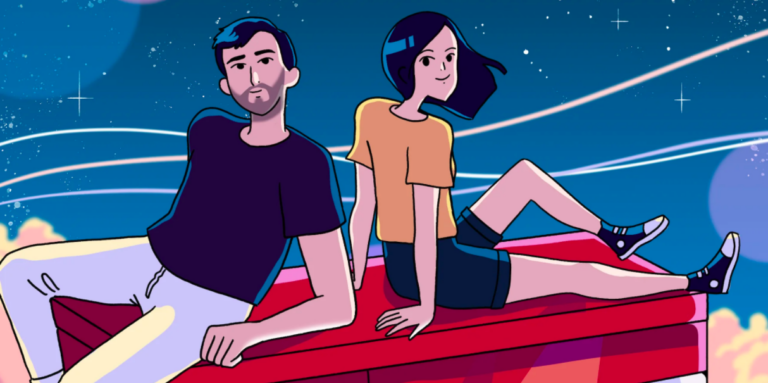Whether we are ready for it or not, Autumn is on its way. Darker mornings. Colder nights are fasting approaching, this means it’s time to adjust our wardrobes accordingly. So, if you haven’t already started to think about it, it’s time to turn over a new lead and plan your Autumn into Winter wardrobe-essentials.
Have a look at these ten tips to help you get started:
Clear out Your Wardrobe
Unless you have some winter sun planned, its time to sort through your summer things and put them away until next year. This gives you the perfect opportunity to donate or bin the items that you didn’t wear this year or maybe even last year. Chances are you won’t when the following year comes either. Now get out the items you saved from last Autumn/Winter make sure everything fits and maybe give them a run through the wash.
Make A Note Of What You Do Have
Make a list of the category gaps that you may have when swapping your clothes from summer to Autumn. Think about the items that you don’t enough of or that need updating. Identify key investment pieces that you want to add to your wardrobe and budget for them, things like knits, shoes, hoodies from The Upperroom and also identify any basic that needs to be replaced. If you know you have any special events coming up, it’s a good idea to start budgeting or hunting for these outfits in advance rather than last minute. You may also find that you have something that you’ve been able to dig out that could end up saving you some money.
Research
Have a scout online at some of the latest Autumn/Winter collections that are being released. Look at the trends and styles that are in this season and start to scout for the most cost-effective version of the trends that you want to include. Spend some time before you commit to which piece you want. You want the items that are going to make the biggest difference to your current wardrobe. It will save you both time and money in the long run.
Create An Inspiration Board
Use blogs, Pinterest, lookbooks, and online shops to help build your favourite style inspirations. It will help you to figure out what overall look you are aiming for for the season. Think about what colours, materials, silhouettes, and items you want to go for. Go over the images, add in new ones, and remove ones that on second look you don’t like until you are happy with the overall vibe.
Think About Your Lifestyle
The perfect wardrobe shouldn’t just reflect your personal style, it should also replicate your lifestyle. Corporate wear and heels aren’t realistic nor needed are you spend your day on the go or working from home. What you wear needs to realistically complement how you live too. Think about what social events you are going to, if you re taking a breakaway, do you do any sports? Group your clothing into different categories and decide roughly how many outfits you need in each category. People tend to be a little less social and spend more time at home in the colder months so it may be that you need more casual clothes than smart.
Have A Colour Story
For practicality and convenience, the majority of what you have in your wardrobe should be neutral, greys, whites, blacks, and nudes. These all allows for optimal mixing and matching and helps to keep your wardrobe fresh. You can interesting features to the neutrals with texture and structure. Autumn and Winter’s clothing tend to be more neutral anyway however, you should also think about bringing in tones like magenta, maroon, vivid red, navy, and khaki. Neutrals are a brilliant base colour to start with.
Always Quality Over Quantity
You should always aim to have a small wardrobe of good quality key pieces with added low-cost essentials that can coexist. You’ve probably heard it all before, however, less is more. Above all else remember that the way they fit is everything! Your wardrobe shouldn’t be without a good swearer, a few pairs of jeans, some basic tops, a coat, a smart jacket, a long sleeve dress, however, you should always make sure you stick to styles that work the best fr you and you looking refreshed and inspired.
Season Updates
This is the fun part. Buying items that are on-trend, however, they should be purchased in moderation. It is absolutely fine to buy a few pieces that are considered trendy to help carry your core wardrobe. It’s a great way to provide it with a refreshing lift. Have a look at some of the key pieces for this Autumn and Winter and choose a few to create your perfect style.
Only Buy What You Absolutely Love
You have complete control over your overall style direction fro each season. So, it’s time to go and enjoy a spot of shopping. Making careful considerations beforehand can help you from making impulse buys and spending more than you need to. Make sure you love every piece that you buy, they compliant your style, and they make you feel great. There is no point in wasting your money on something that you may never pull out again after that first wear. If you want something to be carried through to the following year it may be worth spending a little more on those items.
Build Some Go-To Looks
Once you have completed your basic shopping and added in a few key pieces, it’s time to start building your wardrobe. Try to put together as many outfits as possible for a range of different scenarios. Pay attention to the styling and details like accessories and don’t forget to use your inspiration board.
Having a well-managed wardrobe ready for the Autumn and Winter will make it much more relaxing on those cold mornings. Do you have any other tips that you could share in the comment below?


